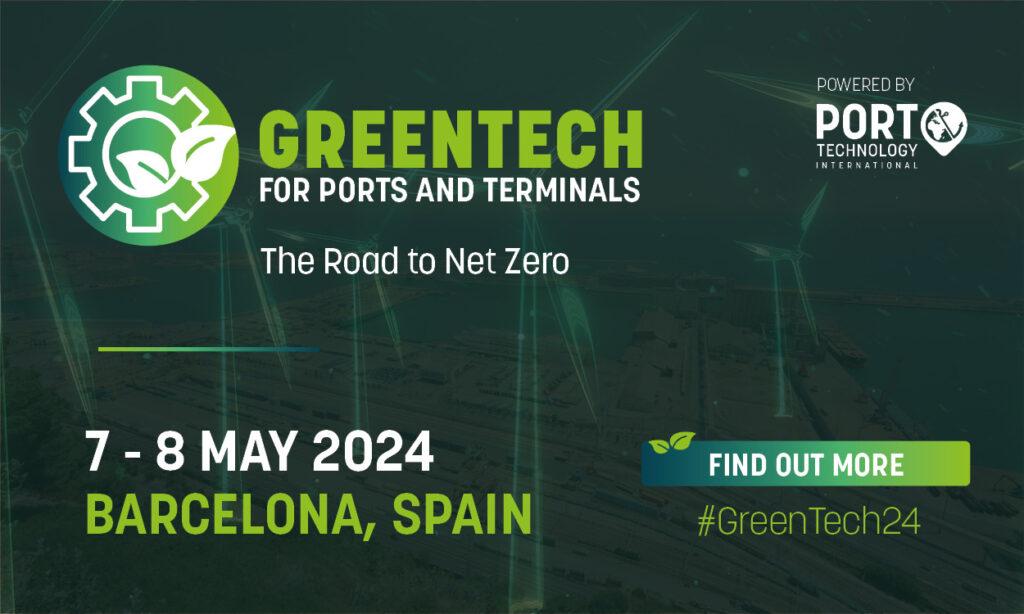Economic background
To meet growing demands of the domestic economy, and to replenish the projected requirements of Asian economies to move more and more goods to Western markets, an urgent need to enhance Egypt’s ports capacity and provide efficient and diversified services (particularly transshipments) came about.
The UNCTAD estimated that global seaborne cargo traffic will increase annually, since 80 percent of the world’s 6 billion tons of cargo was moved by maritime shipping.
Trade relations with Asian countries, including Japan, account for 37 per cent of the total volume of seaborne global exports.
Asia-Europe routes have recorded a 20 percent annual growth rate since the turn of the millennium, thanks to the flourishing trade between the two regions.
According to the IMF, the Middle East already has shown one of the world’s strongest trade growth rates, averaging 4.5 percent a year.
History
Hailed as a backdoor to avoid funding constraints that are usually concomitant to infrastructure projects, the Government of Egypt believed that a BOT model was the most viable option for financing the new port at Sokhna to satisfy the requirements highlighted above.
However, while infrastructure works were being carried out, the Egyptian Ministry of Transport announced an international tender for the Port early in September 2009 to operate under a BOT system.
International bidders were invited to operate and manage the facility and build necessary superstructure.
The Sokhna Port Development Company (SPDC), an operating company of the Amiral Group, won the renewable 25-year BOT concession agreement.
To improve efficiency, add capacity, streamline procedures and reduce costs, Egypt passed legislation in January 1998 to allow the privatization of the maritime sector, affording private companies the chance to operate ports and perform as maritime agencies.
Sokhna was to become the first fully privately operated and automated port in Egypt.
Port modernization vanguard
SPDC was set up in 2000 with permissible investment of EGP 10 million.
It won the port’s first basin terminals management concession for 25 years ending in August 26th, 2025.
SPDC principally aims to replace the traditional port model, which has been tied up to conventional stevedoring operations for many years, by the modernized model of diversified productive activities related to global logistic investments.
Key outcomes include enhanced export, more work chances (over 1700 in 2006); sophisticated technology (in 2006 inspection and control systems turned out EGP 26 million, while customs generated EGP 7.1 billion), and value-added services.
Nine years later, SPDC won the right in January 2008 to construct an extension to the existing CT, at a space of 640,000m2 totaling 1,300 m in length.
The company agreed to bear costs of dredging the turning basin, constructing further berths and providing utility labor.
One month later, in an official ceremony in February 2008, DP World bought 90 percent of SPDC controlling stakes against US$670 million to manage and operate the first basin in Sokhna Port.
Sokhna Port profile
The port is a state-of-the-art maritime facility, seamlessly integrating cutting-edge technology with the latest management and security skills.
Built within the Suez Special Economic Zone (SSEZ), Sokhna is poised to develop into a major commercial and industrial hub in Egypt.



